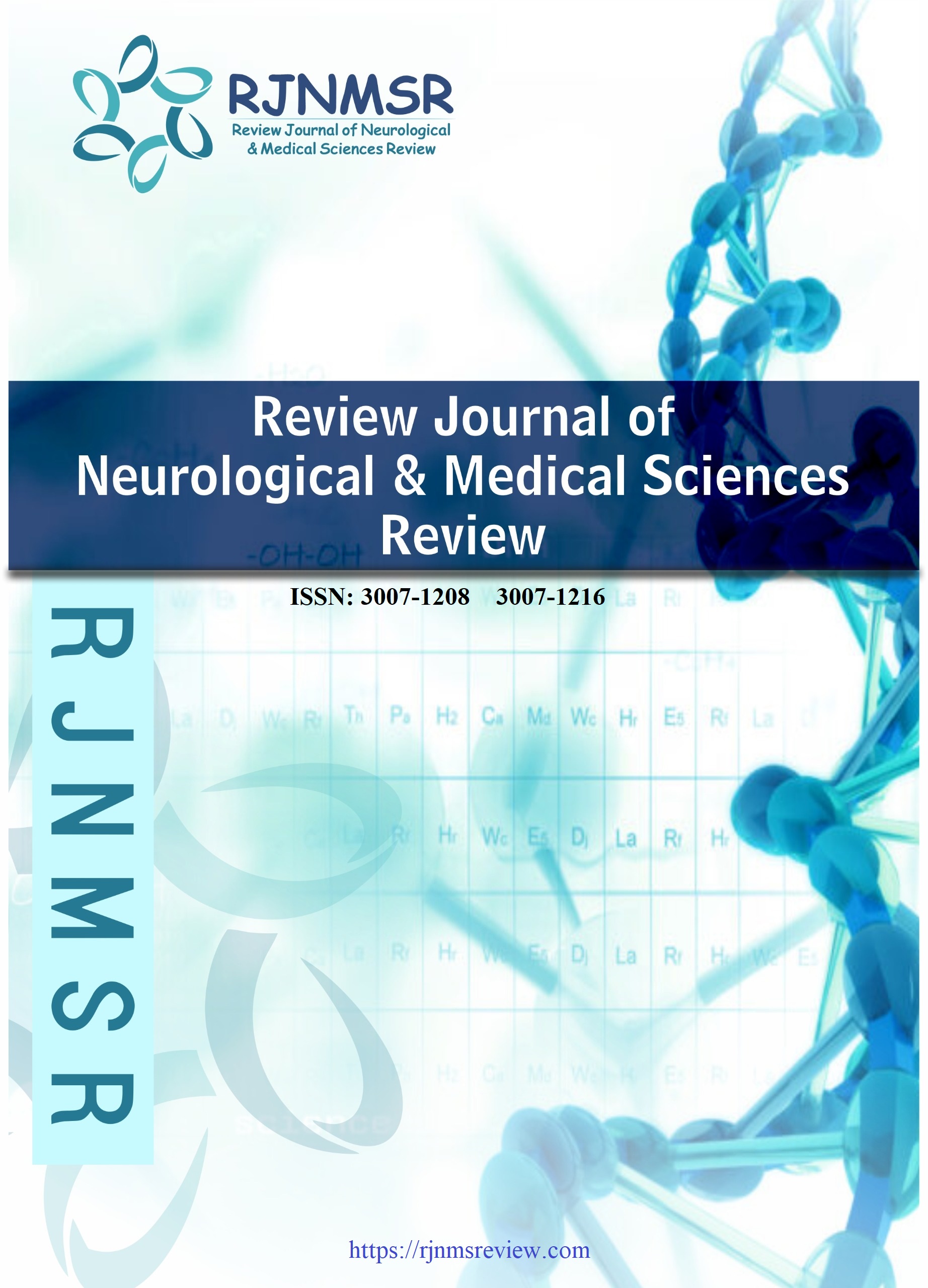NEWS SCORE AS A PREDICTOR OF ICU ADMISSION IN PATIENTS PRESENTING TO THE EMERGENCY DEPARTMENT OF A TERTIARY CARE HOSPITAL
DOI:
https://doi.org/10.63075/980qej25Abstract
Background: The National Early Warning Score (NEWS) is a standardized risk-stratification tool used to identify acutely ill patients at risk of clinical deterioration. It helps predict outcomes such as mortality, the need for intensive care unit (ICU) admission, and other critical events in various acute and pre-hospital settings. The ED (ED) is often the first point of contact for critically ill patients, many of whom initially respond well to resuscitation and management. However, this can sometimes be misleading, resulting in patients being falsely deemed stable and admitted to regular wards, where they may deteriorate rapidly. To mitigate this risk, it is essential that critically ill patients be transferred directly to the ICU from the ED. This study explores the utility of NEWS as a predictor for ICU admission in patients presenting to the ED of a tertiary care hospital (TCH).
Objective: To evaluate the predictive accuracy of NEWS in identifying patients requiring ICU admission among those presenting to the ED.
Materials and Methods: This prospective cohort study was conducted at the ED of Combined Military Hospital (CMH), Rawalpindi. A total of 200 patients were enrolled using consecutive non-probability sampling, with inclusion criteria focusing on adults aged ≥16 years and a NEWS score ≥6 at presentation. Patients were excluded if they were trauma cases, pregnant, brought in dead, or under palliative care, among other criteria. Vital signs were recorded at presentation, and NEWS was calculated using standardized parameters. The primary outcome was ICU admission. Diagnostic accuracy at a cutoff of NEWS ≥6 was evaluated using sensitivity, specificity, positive predictive value (PPV), negative predictive value (NPV), and ROC curve analysis. Statistical analyses were performed using IBM SPSS Version 26.0.
Results: Of the 160 eligible participants, the mean age was 35.6 years (SD ±12.7), with a slight female predominance (55%). NEWS ≥6 yielded a sensitivity of 67.35% and specificity of 53.15% for predicting ICU admission. The PPV was 38.82%, and the NPV was 78.67%, with an overall diagnostic accuracy of 57.5%. ROC analysis identified NEWS ≥8 as the optimal threshold, achieving the highest Youden’s Index (0.231). The area under the ROC curve supported moderate predictive capability of NEWS in this setting.
Conclusion: NEWS is a reliable and practical tool for predicting ICU admission among patients presenting to the ED. Its implementation can facilitate early identification of critically ill patients and optimize resource allocation in tertiary care settings.

